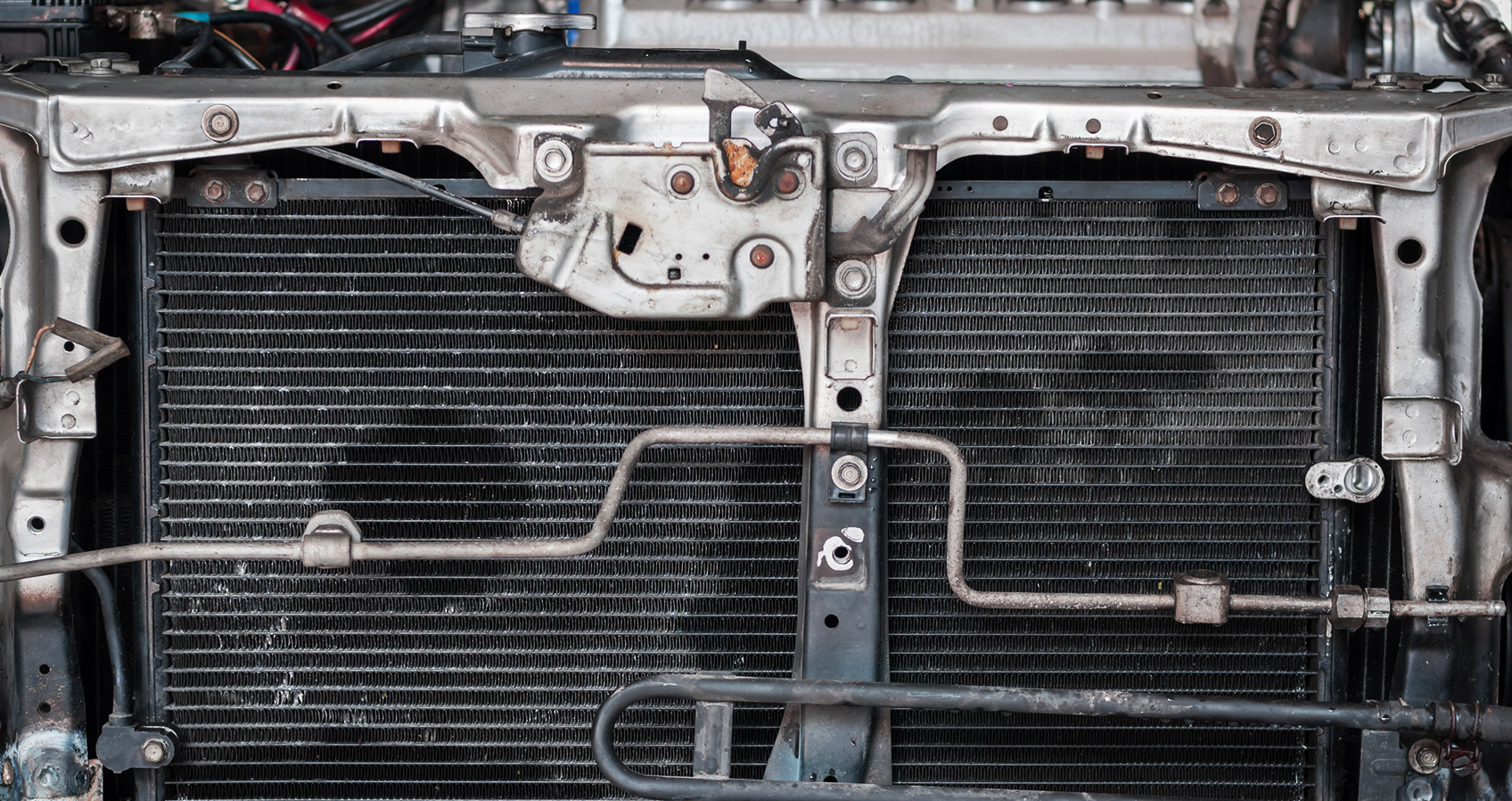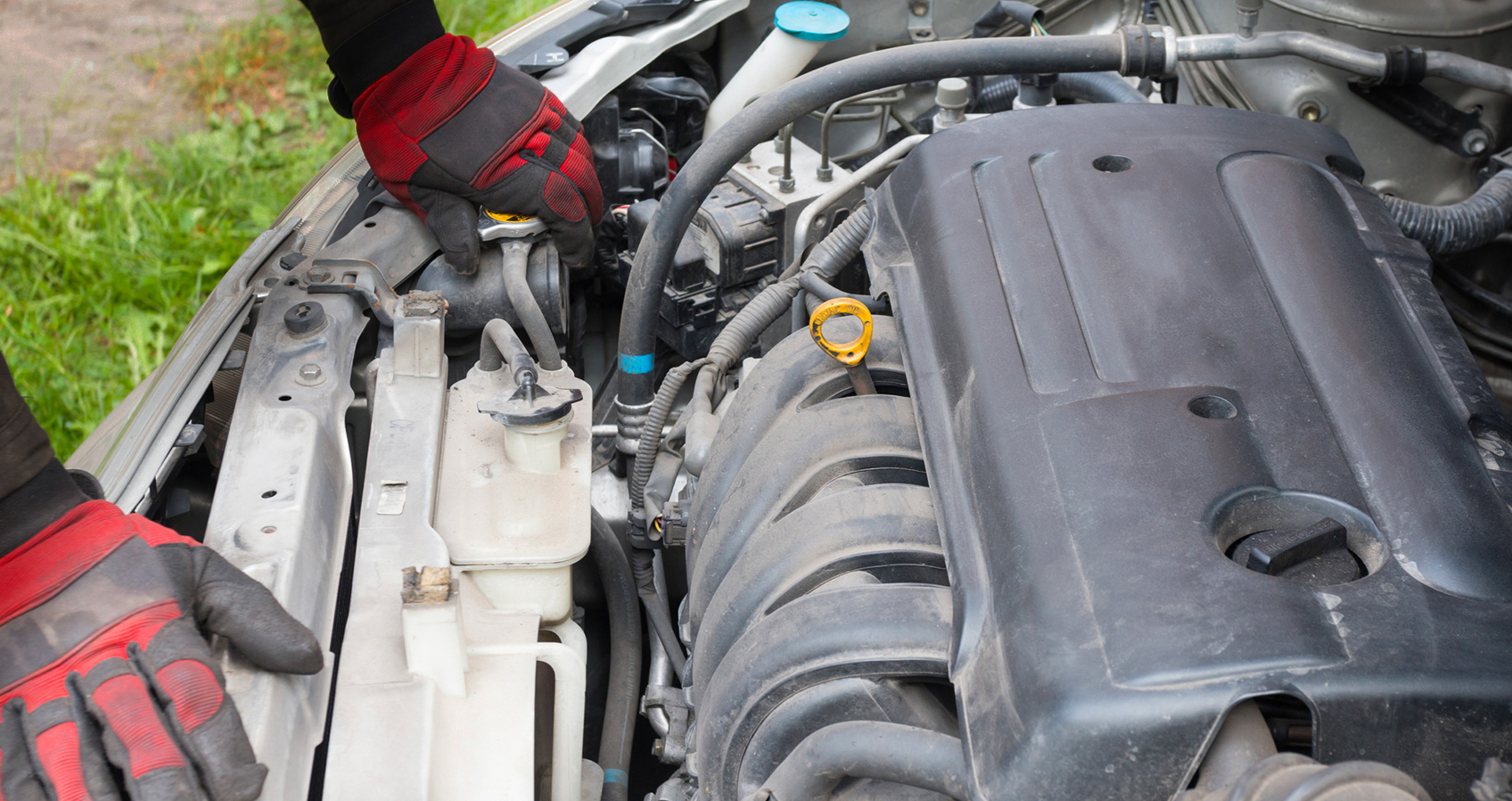Coolant Leak Repair
A coolant leak will hurt your cooling system – which is vital to your engine’s operation. The cooling system keeps the running engine at an optimal temperature. If your car loses coolant, your engine can overheat. This results in serious engine damage and very expensive repairs. If the damage is severe, your engine could be unsalvageable.
Coolant Leak Problems
There are many places where a coolant leak can occur. Here are the most common leak sites: radiator, radiator cap, heater hoses, expansion tank, water pump, heater core, intake manifold gasket, and head gasket.
If you’re losing coolant – and there’s no evidence of leak – that means the coolant is leaking into the engine cylinders, where it’s being burned along with the fuel. This is bad for both your engine and your catalytic converter.
Most external leaks can be fixed pretty quickly. But internal coolant leaks are often caused by a failure of a head gasket – which allows the coolant and oil to circulate throughout the engine. Head gasket failure can let these fluids go where the other fluids normally travel – or into the combustion chamber itself, which is a recipe for disaster.
Coolant UV Dye
Tracer Products offers UV fluorescent dyes for water-based fluids. These dyes make finding coolant systems leaks easy. For newer vehicles with extended life coolants, try our Tracerline® TP-3940-0601 RITE-BLEND™ UNIVERSAL COOLANT DYE – which is perfect for standard or extended life coolants (this dye will also leave the color of the coolant unchanged). This dye is OEM approved by major manufacturers such as General Motors.
For standard coolant, try Tracerline® TP-3900-0601 STANDARD COOLANT DYE. For older, out-of-warranty vehicles, try our Leakfinder® brand LF3001 COOLANT DYE for the automotive aftermarket.
Simply add the UV fluorescent dye to the system, let it circulate during normal operation, and scan the system with our leak detection flashlight. The dye escapes with the coolant at all leak sites and fluoresces brightly, indicating the exact location of multiple system leaks.


